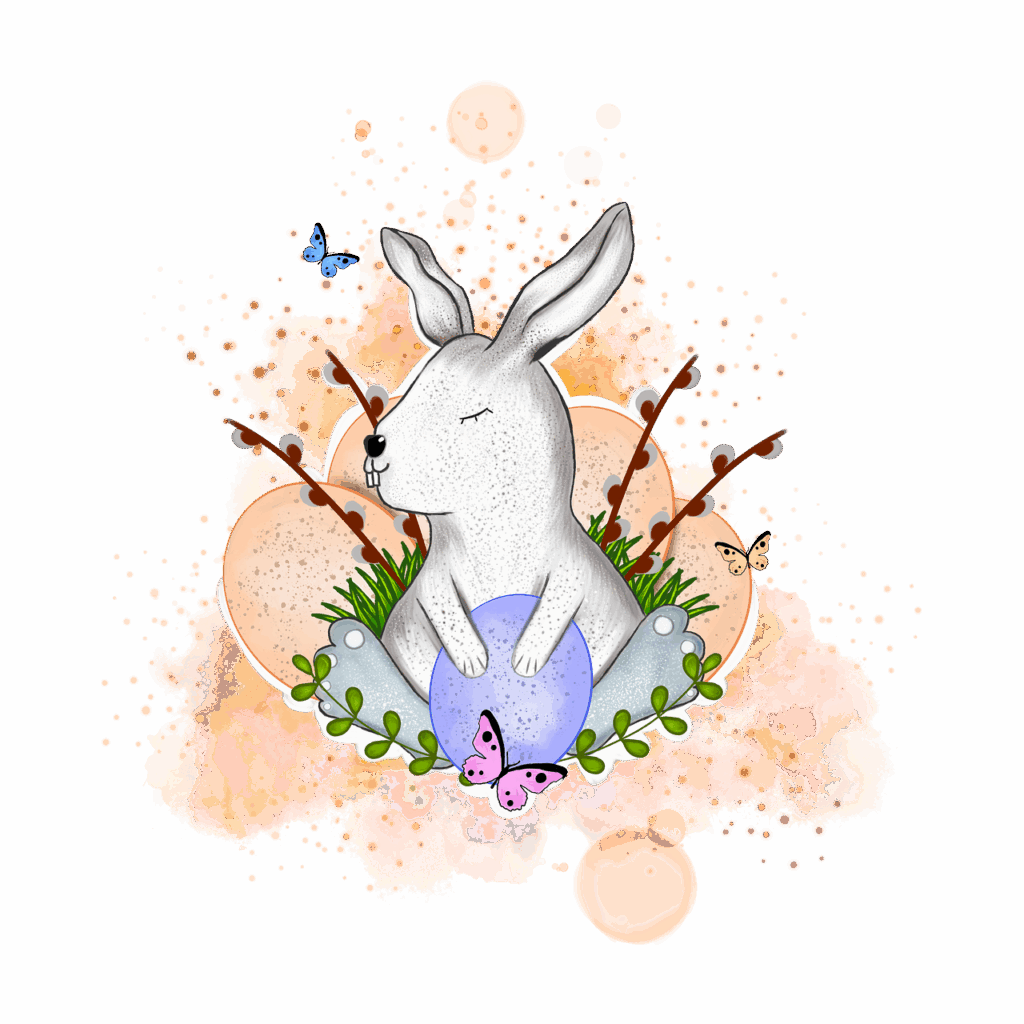
Today is April 20th, and on this day in history, people across the world are celebrating Easter – that curious intersection of ancient spring fertility rituals and the Christian commemoration of resurrection. The calendar has aligned these forces today, as it occasionally does, creating a moment where the sacred and seasonal blur together like watercolors on damp paper.
I was watching the sunrise this morning from my cabin window. The light spilled across the valley in that particular April way – not the harsh brightness of summer nor the tentative glow of early spring, but something more assured, more present. It reminded me that Easter has always been about emergence – whether from a tomb or from winter’s long sleep.
There’s something profoundly human about marking these cycles of death and rebirth. Long before Christianity adopted these themes, people gathered at stone circles and ancient temples to celebrate the return of life to the land. The egg, the rabbit, the spring flowers – these symbols of fertility and renewal cut across cultures and speak to something we understand in our bones rather than our minds.
What I find most striking about Easter is how it holds contradictions so comfortably. It’s a holiday of both solemnity and celebration, of endings and beginnings, of sacrifice and abundance. Perhaps that’s why it resonates so deeply – it reflects the complexity of our own experiences, the way joy and sorrow often arrive hand in hand.
History keeps folding back on itself in these recurring celebrations. The ancient Mesopotamians mourned Tammuz, the Greeks had their Mysteries of Eleusis, and countless other traditions marked this season of regeneration. When early Christians incorporated these existing rhythms into their own narrative, they weren’t erasing what came before – they were acknowledging a truth people had recognized for millennia.
When children hunt for colored eggs today, they’re participating in something both immediate and ancient. Their laughter echoes across centuries, connecting to every spring celebration that came before. There’s something comforting in that continuity, isn’t there? The knowledge that despite our technological advancements and cultural shifts, we still mark the same fundamental transitions our ancestors did.
As the day unfolds and families gather around tables laden with food, perhaps there’s value in recognizing this: that beneath our differences in belief and practice lies a shared human experience – the universal hope that after darkness comes light, after winter comes spring, after loss comes renewal. Not as guarantee, but as possibility. And sometimes, possibility is enough to sustain us.